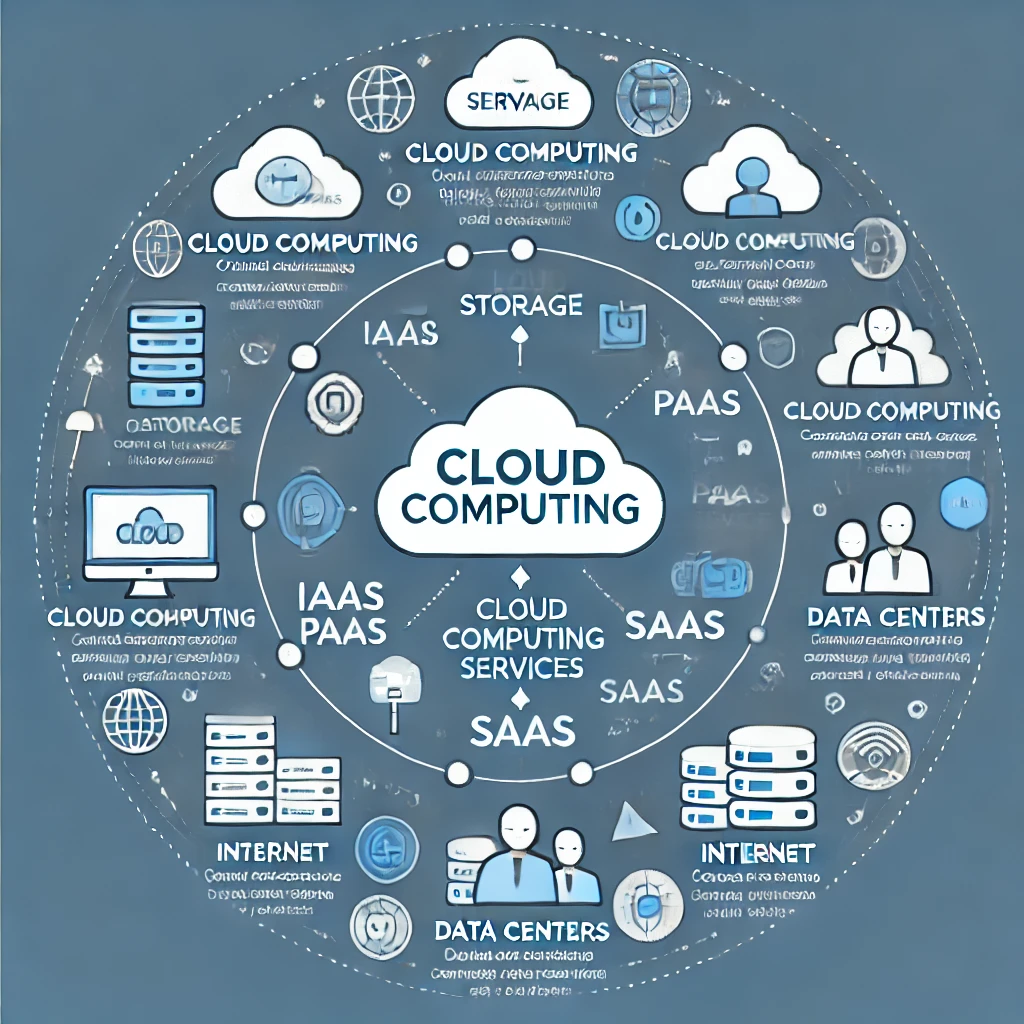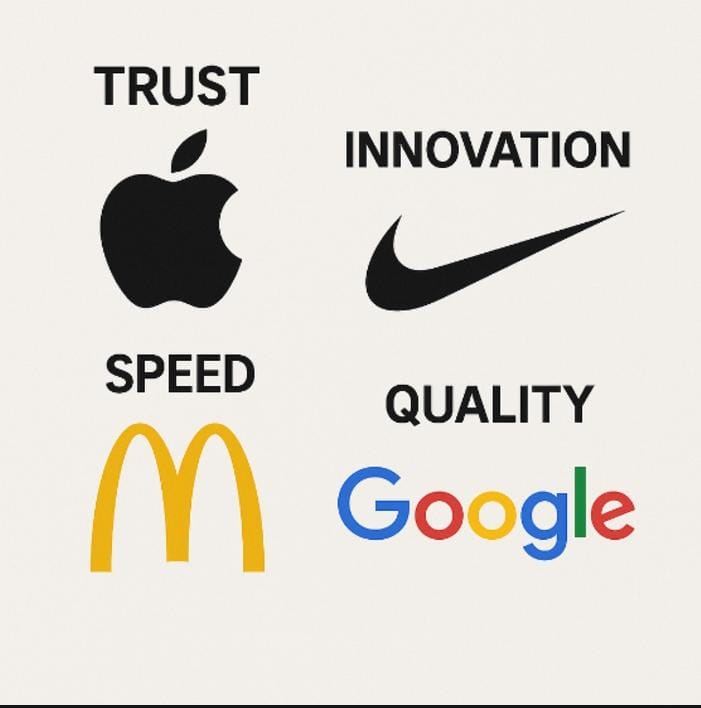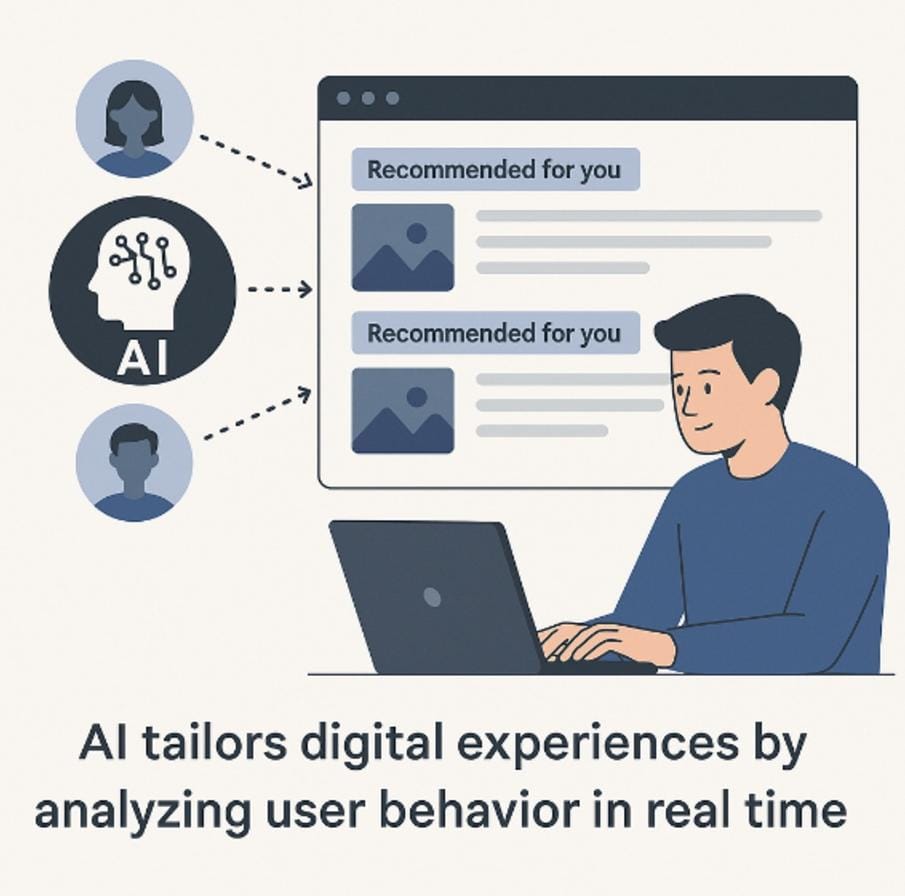THE ULTIMATE GUIDE TO CLOUD COMPUTING

Introduction
Cloud Computing has revolutionized the way businesses and individuals store, manage, and process data. It has enabled unprecedented scalability, flexibility, and cost savings. In this guide, we’ll delve into the world of Cloud Computing, exploring its definitions, benefits, types, deployment models, security, and real- world applications.
What is Cloud Computing?
Cloud Computing is a model of delivering computing services over the internet. It enables on- demand access to a shared pool of computing resources, such as servers, storage, applications, and services. These resources are provided by a third- party provider and are accessible from anywhere, at any time.
Benefits of Cloud Computing:
Scalability and Flexibility: Cloud Computing resources can be scaled up or down to match changing business needs.
Cost Savings: Cloud Computing eliminates the need for upfront capital expenditures on hardware and software.
Increased Collaboration and Productivity: Cloud Computing enables teams to collaborate more effectively and access applications and data from anywhere.
Enhanced Security: Cloud Computing providers typically have advanced security measures in place to protect data and applications.
Automatic Software Updates and Maintenance: Cloud Computing providers handle software updates and maintenance, freeing up IT staff to focus on more strategic tasks.
Types of Cloud Computing
Infrastructure as a Service (IaaS)
Iaas provides virtualized computing resources, such as servers, storage, and networking. Users have complete control over the infrastructure and can configure it to meet their specific needs.
Platform as a Service (PaaS)
PaaS provides a complete platform for developing, running and managing applications. Users don’t need to worry about the underlying infrastructure, as the provider manages it.
Software as a Service (SaaS)
SaaS provides software applications over the internet. Users can access the applications from anywhere, without the need for installation or maintenance.
Cloud Computing Deployment Models
There are three main deployment models for Cloud Computing:
Public Cloud
A Public Cloud is a cloud environment that is open to general public. Public clouds are owned and operated by third- party providers, who deliver cloud services over the internet.
Private Cloud
A Private Cloud is a Cloud environment that is provisioned and managed within an organization’s premises. Private Clouds are typically used by large enterprises that require a high level of security and control.
Hybrid Cloud
A Hybrid Cloud is a Cloud environment that combines public and private cloud services. Hybrid clouds enable organizations to take advantage of the scalability and cost- effectiveness of public clouds, while maintaining control and security over sensitive data.
Cloud Computing Security
Cloud Computing Security is a top concern for organizations.
Some of the key security concerns include:
Data Breaches: Unauthorized access to sensitive data.
Data Loss: Accidental deletion or corruption of data.
Denial of service Attacks: Malicious attempts to disrupt service availability.
To address these concerns, Cloud Computing providers implement various security measures, such as:
Data Encryption: Protecting data with encryption algorithms.
Access Controls: Restricting access to authorized personnel.
Regular Security Audits: Monitoring and testing security controls.
Real- World Applications of Cloud Computing
Cloud Computing has numerous real- world applications across various industries, including:
Healthcare:
Cloud- based electronic health records, medical imaging and telemedicine.
Finance:
Cloud- based banking, financial analytics, and risk management.
Education:
Cloud- based learning management systems, online courses and collaboration tools.
Retail:
Cloud- based e-commerce platforms, inventory management and customer relationship management.
Conclusion
Cloud Computing has transformed the way businesses and individuals store, manage and process data. Its scalability, flexibility and cost savings make it an attractive option for organizations of all sizes. By understanding the different types of Cloud Computing, deployment models, security concerns, and real- world applications, organizations can make informed decisions about adopting Cloud Computing solutions.
Latest Blogs

The power of logos: more than just a pretty picture

Why email marketing automation is a game- changer for businesses in 2025

Web design evolved: the impact of artificial intelligence

Why Responsive Web Design is Crucial for Your Business

PRODUCT REVIEWS: A POWERFUL TOOL FOR INFORMED DECISION- MAKING